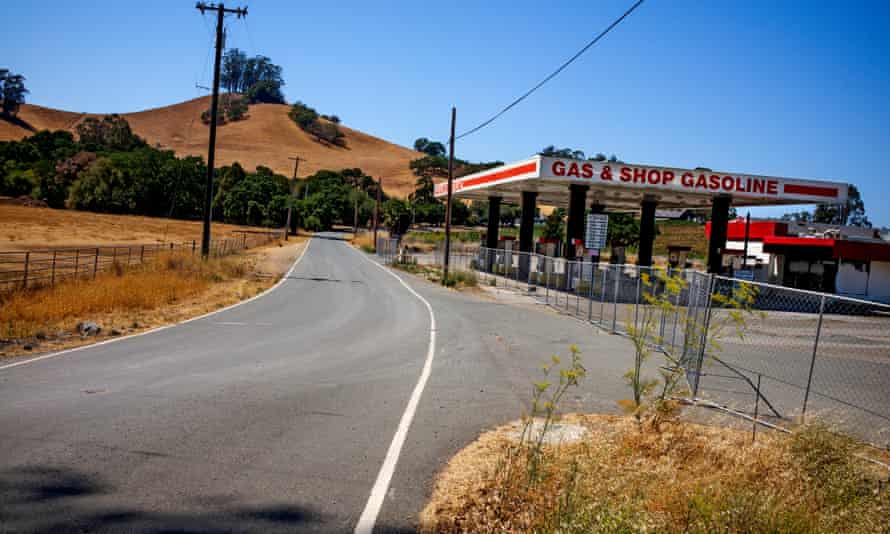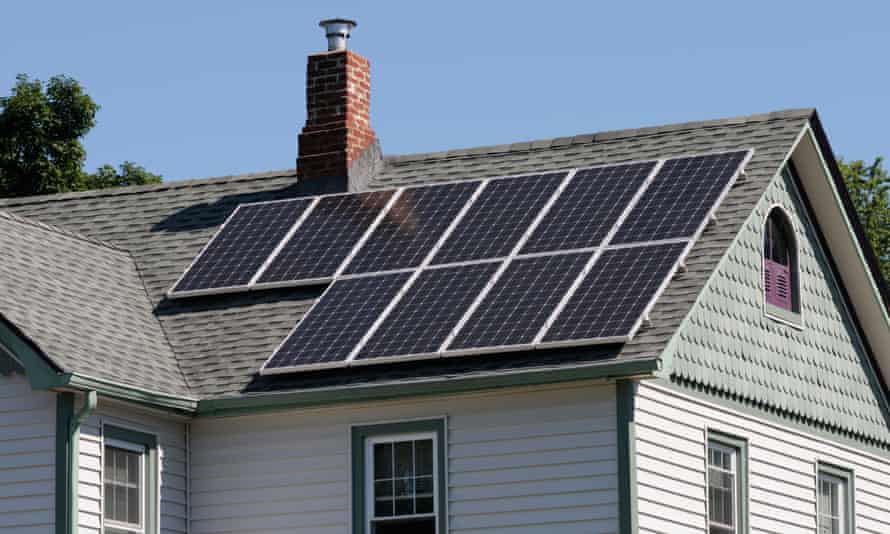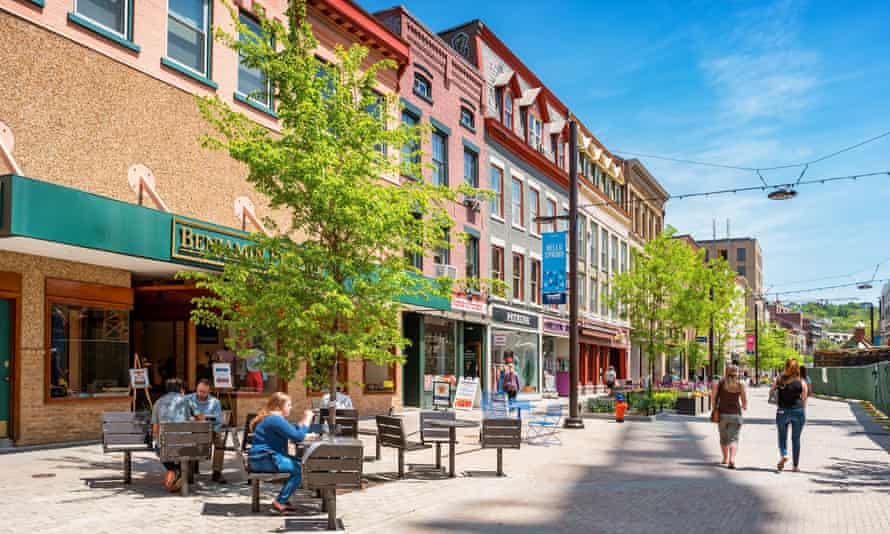13 June 2019
So Excited Over Real Estate > TALKING NERDY Embedding Sustainability in Real Estate Transactions
 "Acquisitions and dispositions present a significant opportunity to create value through investments in energy efficiency, health, and building resilience. Understanding the potential value of a high-performing, sustainable building allows buyers and sellers to better assess and price the deal going in, to underwrite sustainability investments to drive higher returns, to market the value created by these investments to tenants, and to communicate this value to buyers when buying or selling an asset.
"Acquisitions and dispositions present a significant opportunity to create value through investments in energy efficiency, health, and building resilience. Understanding the potential value of a high-performing, sustainable building allows buyers and sellers to better assess and price the deal going in, to underwrite sustainability investments to drive higher returns, to market the value created by these investments to tenants, and to communicate this value to buyers when buying or selling an asset. The potential value at stake for embedding sustainability is significant, and in some cases can represent a 50 percent–plus increase in asset value over the lifetime of an investment.
The potential value at stake for embedding sustainability is significant, and in some cases can represent a 50 percent–plus increase in asset value over the lifetime of an investment.This ULI toolkit provides guidelines on how to incorporate the value of sustainability in transactions.
It includes best practices from more than 30 ULI real estate leaders actively involved in real estate transactions."
This town is the first in America to ban new gas stations – is the tide turning?
A movement in California seeks a moratorium on new pumps – and a transformation of the US transportation system

In March, Petaluma in Sonoma county became the first city in the US to ban future gas station construction or any new pumps on existing sites. In July Sonoma county’s Regional Climate Protection Authority voted to explore ways to support the nine cities in the county considering bans of their own. A final vote on the resolution is scheduled for September.
It’s the beginning of what could be a seismic shift.
‘We need to turn the page’
The world’s first purpose-built gas station was built in St Louis, Missouri, in 1905 and the growth in car ownership – and gas stations – transformed not just the way Americans travel but the landscape of the country. Now there are an estimated 168,000 stations across the country.
Every gallon of gasoline sold adds 9kg (20lb) of carbon dioxide to the atmosphere. In 2019 Americans consumed 142bn gallons of gasoline, producing 1.278bn tonnes (1.4bn tons) of CO2.
. . .Electric charging presents an existential threat to those gas stations. About 80% of EV charging is done at home, and it currently takes at least 20 minutes to fast charge an EV, far longer than anyone would ever want to spend in a gas station.
Changing how we fuel our vehicles offers a chance to redefine transportation, said Brant Arthur, program manager at Sonoma Clean Power, the region’s eco-conscious utility. He foresees a time when people will charge their vehicles in the office car park using solar or while shopping or – better yet – drop the car altogether for electric bikes or mass transit. “The general function of the gas station is not the problem,” he said. “But we need to turn the page.”
The page is turning in Sonoma. EV sales are so high that the county is struggling to put in enough charging stations to cope.
But it’s not all good news. The long-term shift to electric and a mass closures of gas stations will create toxic “brown sites” across the country. A typical gas station can spill up to 100 gallons of gasoline annually, according to Coltura, an environmental activism group, poisoning groundwater and making repurposing the sites expensive and difficult. As gas stations disappear these poisoned plots will present an environmental problem of monumental proportions.
That will be another problem to deal with but for now, at least in Petaluma, the end of the gas station is getting off to a surprisingly uncontentious start. . .
“We have started a conversation, now how do we leverage this? What can we do next?”
‘It seemed like a no-brainer’
Sonoma’s gas station moratorium owes a lot to local activists Jenny Blaker and Woody Hastings, co-coordinators of Coalition Opposing New Gas Stations (Congas). The pair have helped others across the state, including Bit, to tailor their message, keep their goals realistic and not scare the locals. . ."
READ MORE >
The US city that has raised $100m to climate-proof its buildings
Ithaca has turned to private investors to help it decarbonize thousands of residential and commercial buildings
Downtown Ithaca, NY
His three-year renovation of the building, comprising three apartments above a skate store, included installing energy-efficient windows and insulation, plus fully electric appliances, heating and cooling systems.
But while that was an achievement on its own, said Schoeps, Ithaca can not address climate change one building at a time. “In order to move the needle, you’ve got to think in terms of a thousand [buildings],” he said.
Luis Aguirre-Torres, Ithaca’s new director of sustainability, is trying to do exactly that. The upstate New York city of 30,000, home to Cornell University and Ithaca College, adopted a Green New Deal in 2019, a big part of which involves decarbonizing thousands of privately owned commercial and residential buildings across the city.
Ithaca’s main climate objective is to eliminate or offset all of its carbon emissions by 2030. The focus on retrofitting buildings – installing electric heating systems, solar panels and battery storage as well as reducing energy use and greening the electric grid – promises to tackle an often-overlooked but significant contributor to climate change: buildings make up nearly 40% of US carbon emissions. . .
Building owners won’t make the transition from fossil-fuel energy all by themselves, said Aguirre-Torres, and state-funded incentive programs are often complex and sluggish.

So Ithaca is exploring a new solution to fund and motivate building owners to decarbonize: private equity.
Aguirre-Torres has helped Ithaca – which has a total budget of less than $80m – raise $100m by offering investors entry to a large-scale program he pitched as low risk with the potential for lots of cashflow. The goal is to create a lending program providing low- or no-interest loans and quick implementation of sustainable technology. The first batch of building owners could sign up as soon as September . . .
“We’re talking about a people-first approach, rather than just purely environmental,” Aguirre-Torres said. The plan aims to create 1,000 new jobs by 2030, and the city has promised to redirect 50% of the financial benefits of its Green New Deal plan to low-income residents, although there are few specifics on how this will work.
Conversations with investors started earlier this year . . .
Ithaca’s path could be a model for other cities, Elkind said, most of which have not figured out how to decarbonize buildings at scale. But there are a few caveats. The system only works in places with a municipally owned utility that allows for repaying the loans via bill savings. And whether those savings even exist depends on the rates for gas and electricity in a given market – in some cases, the cost of drastically increasing a home’s electricity usage could outweigh any reduction in gas costs.
Ultimately voluntary schemes will never lead to full decarbonization, Elkind said. “We need to move to a mandate, but let’s start with the incentives and the marketing,” he said. California is one state headed in this direction. It recently approved a plan to require solar panels and battery storage in many types of new construction.
In Ithaca, there are still challenges to overcome . . But he sees this new strategy as a critical piece of the city’s plan to address climate change, which he said cannot be accomplished without making sure everyone benefits. Rhodes agrees: “There’s no way we’re going to meet our goals for the climate crisis if we don’t help low-income people”.




No comments:
Post a Comment